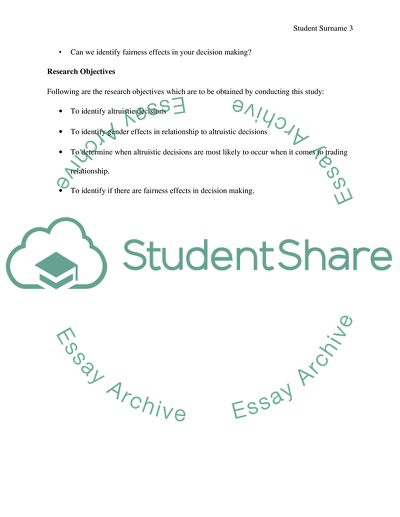Cite this document
(“Data Analysis Essay Example | Topics and Well Written Essays - 2000 words - 1”, n.d.)
Data Analysis Essay Example | Topics and Well Written Essays - 2000 words - 1. Retrieved from https://studentshare.org/finance-accounting/1629547-data-analysis
Data Analysis Essay Example | Topics and Well Written Essays - 2000 words - 1. Retrieved from https://studentshare.org/finance-accounting/1629547-data-analysis
(Data Analysis Essay Example | Topics and Well Written Essays - 2000 Words - 1)
Data Analysis Essay Example | Topics and Well Written Essays - 2000 Words - 1. https://studentshare.org/finance-accounting/1629547-data-analysis.
Data Analysis Essay Example | Topics and Well Written Essays - 2000 Words - 1. https://studentshare.org/finance-accounting/1629547-data-analysis.
“Data Analysis Essay Example | Topics and Well Written Essays - 2000 Words - 1”, n.d. https://studentshare.org/finance-accounting/1629547-data-analysis.


